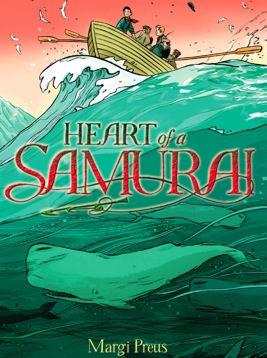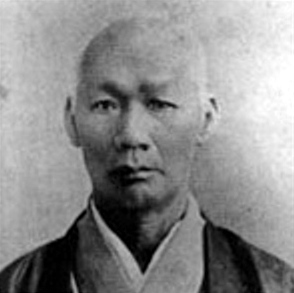Amy Novesky's picture book biography of Frida Kahlo, Me, Frida (illustrated by David Diaz; Abrams, 2010), encompasses only one year--from 1930 to 1931, when the newly married Frida accompanied her husband Diego Rivera to San Francisco--but it's a critical one in Frida's development as an artist. Rivera, already an established artist himself, had been commissioned to paint a mural for the city and set to work almost immediately.
Novesky's elegant text delineates Frida's initial sense of loss and isolation (she had never traveled outside of Mexico and didn't speak English or have friends in San Francisco); her growing self-confidence as she explores the city on her own; and her arrival at what would become a distinctive style of painting--very different from Rivera's--intimate and inspired by 19th century Mexican folk art and portraiture.
The book culminates with the painting of this portrait, now in the collection of the San Francisco Museum of Modern Art (and reproduced in the Author's Note):
"That night, Frida painted something great: a colorful wedding portrait of herself and Diego. She painted Diego big, and she painted herself small, just as the world saw them.
But Frida knew she was more than this. And she put herself first. In the beak of a pink bird, she wrote a tiny note on violet ribbon:
Here you see us, me, Frida Kahlo, with my adored husband Diego Rivera. I painted these portraits in the beautiful city of San Francisco, California...in April of 1931."
David Diaz's paintings for Me, Frida are gorgeous, glowing works of art themselves. They were done in acrylic, charcoal and varnish on primed linen; in vibrant colors (acid yellow, turquoise, red-orange and hot pink) evocative of Frida's Mexico, and of San Francisco, too. I especially love their composition, the way Diaz's final painting, in which Frida stands in front of the wedding portrait at the opening of her first show, neatly reverses the scale of the two figures to herald Frida's arrival as an artist in her own right:
Diaz includes the pink bird from Frida's wedding portrait in almost every double-page spread, perched beside Frida or peering over her shoulder as she works. And although Novetsky's text doesn't mention the childhood illness and injuries that made walking painful for Frida (so often the focus of books about her, such as Jonah Winter's Frida--I should review that one next), she is sometimes shown, statuesque and beautiful, carrying a cane.
David Diaz and Me, Frida won a 2011 Pura Belpre Illustrator Honor. Richly deserved, and highly recommended, for everyone.









